Along with Palmyra, Aleppo presents the saddest story among Syria’s WHS. Tours in the past would allocate two days to it, spending the night in one of the traditional Syrian houses converted into hotels, like those still found in Damascus. Unfortunately, the latter were as flattened as the rest of the Old City due to fighting during the Civil War and the 2023 earthquake. Like most other foreigners and business people, we stayed at the modern Riga Palace Hotel just outside.
There is still enough to see, however, to fill a full day. We started our walking tour at the Baron Hotel. The interior of this famed establishment was severely damaged during the earthquake. On the outside, it still looks fine. It has been closed for months and is up for sale.
The Maronite Cathedral was hit by a bomb, which destroyed the wooden ceiling and one of the clock towers. It has been restored with Italian money and looks splendid again. Like in the rest of Aleppo, marble is the main building material. The Cathedral serves 200 Maronite families in the city. We were warmly welcomed inside and got a “tour” from the caretaker’s young son, Tony, who was about 6 years old.
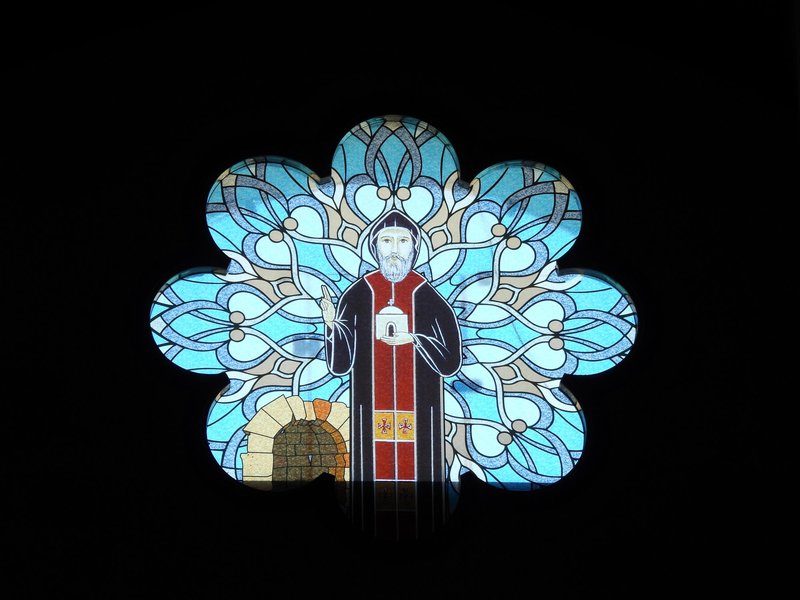
As with Mosul (Iraq), which I visited earlier this year, the churches and mosques seem to be restored first, but the houses and shops are still in rubble. The Great Mosque is not accessible at the moment – it suffered heavy damage, but at least the minaret has already been reconstructed.
We climbed on top of one of the fallen buildings to get an overview of the Old City. Some 60% of this area consisted of souks and caravanserai. According to reports, 30% of the souks have now been repaired, and the work is financed by the Aga Khan Trust. But although the roofs and structures are there again, there is hardly any normal life going on. We sat for a while at a coffee shop, chatting with the neighbours, which is what most shopkeepers seem to do all day.
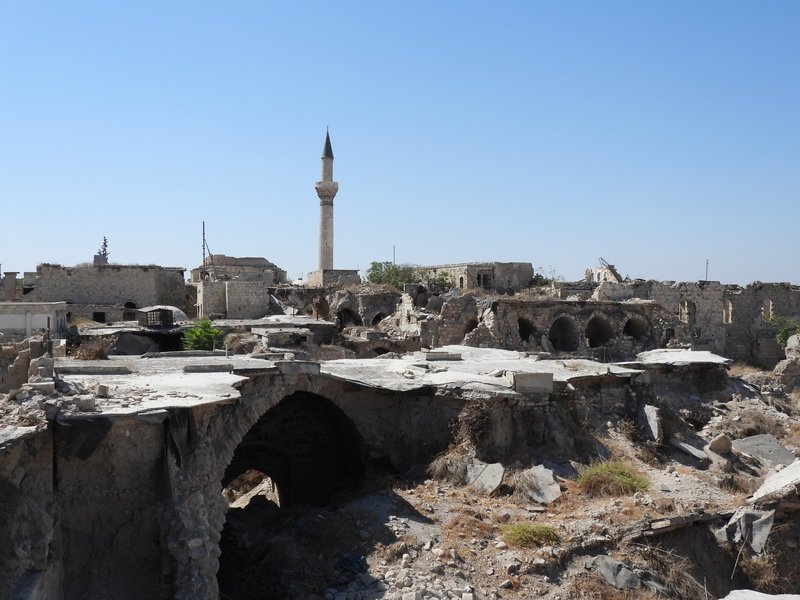
Some traditional elements can still be found. Typical for Aleppo are the free potable water stands. They are donated by a family and carry a shield with the name of the deceased person they want to remember. We entered a 13th-century caravanserai, which has little damage. Finely restored is also the hammam, which traces back its history to the 11th century.
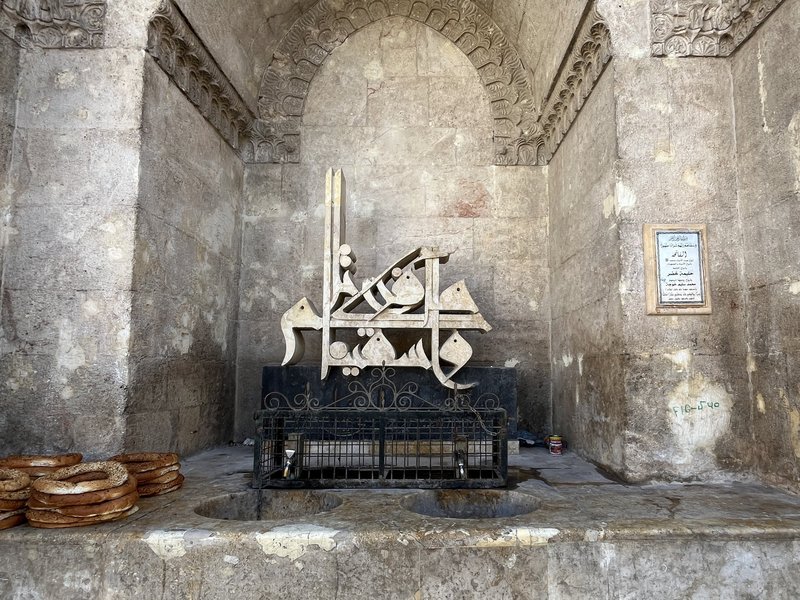
There is also at least one historic soap factory still in working order in the Old City. At the Jebeili Soap Factory, they export soap made from olive oil and laurel to France and China. The manufacturing process is traditional (and they do not seem to be shy of a bit of child labour, or at least employ young boys). The factory was open to visit as pieces of soap that were left to “ripen” for months were being packed into boxes according to quality. The soap production itself only occurs during the olive harvesting season, which would start again in November.
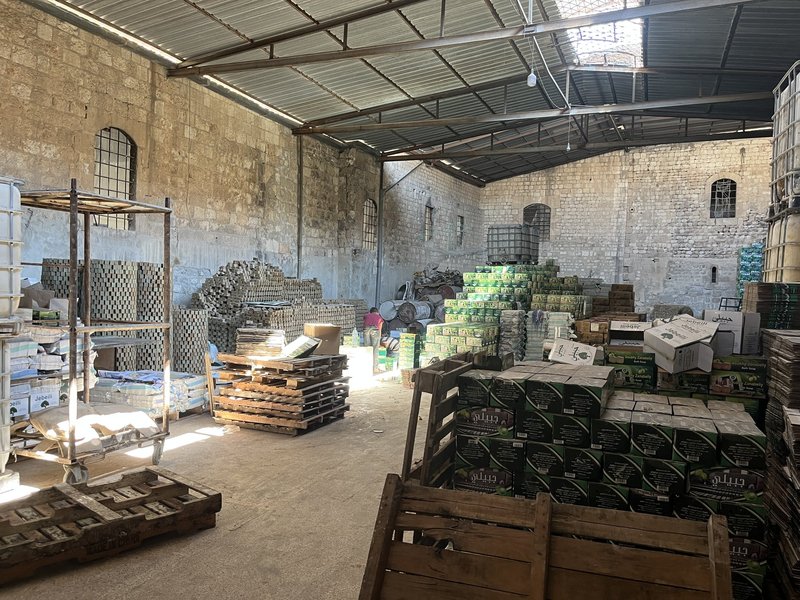
Late in the afternoon, we continued to the Citadel, Aleppo’s most prominent landmark. It rises like a mountain above the Old City. The citadel was never taken from government forces during the war, but did suffer damage. While it is being restored, only tourists and “organizations” are allowed in (with a permit); locals have to be satisfied with exterior views.
It does feature a deep dungeon, a poorly restored Roman theatre and parts of the former Ayubbid Palace. The Palace's Throne Hall, where the Mamluk sultans received their visitors, still has the grandeur to match.
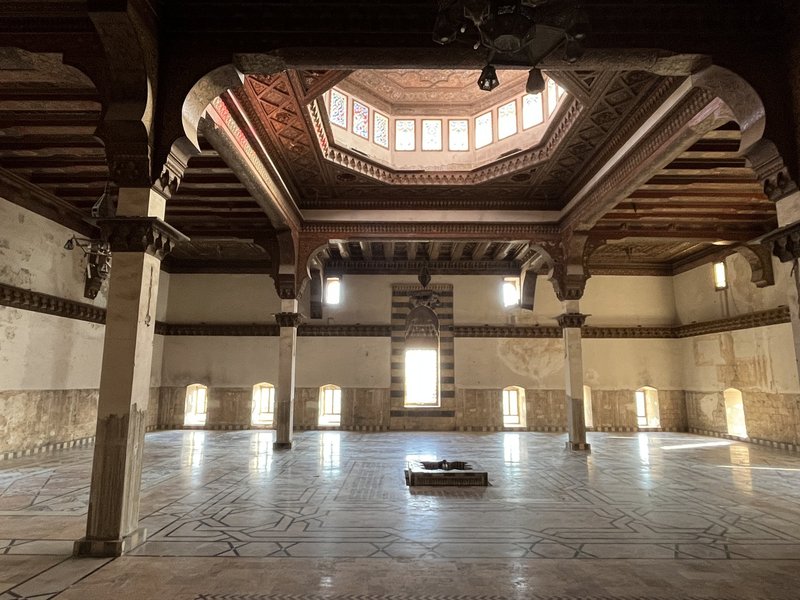
Comments
No comments yet.
